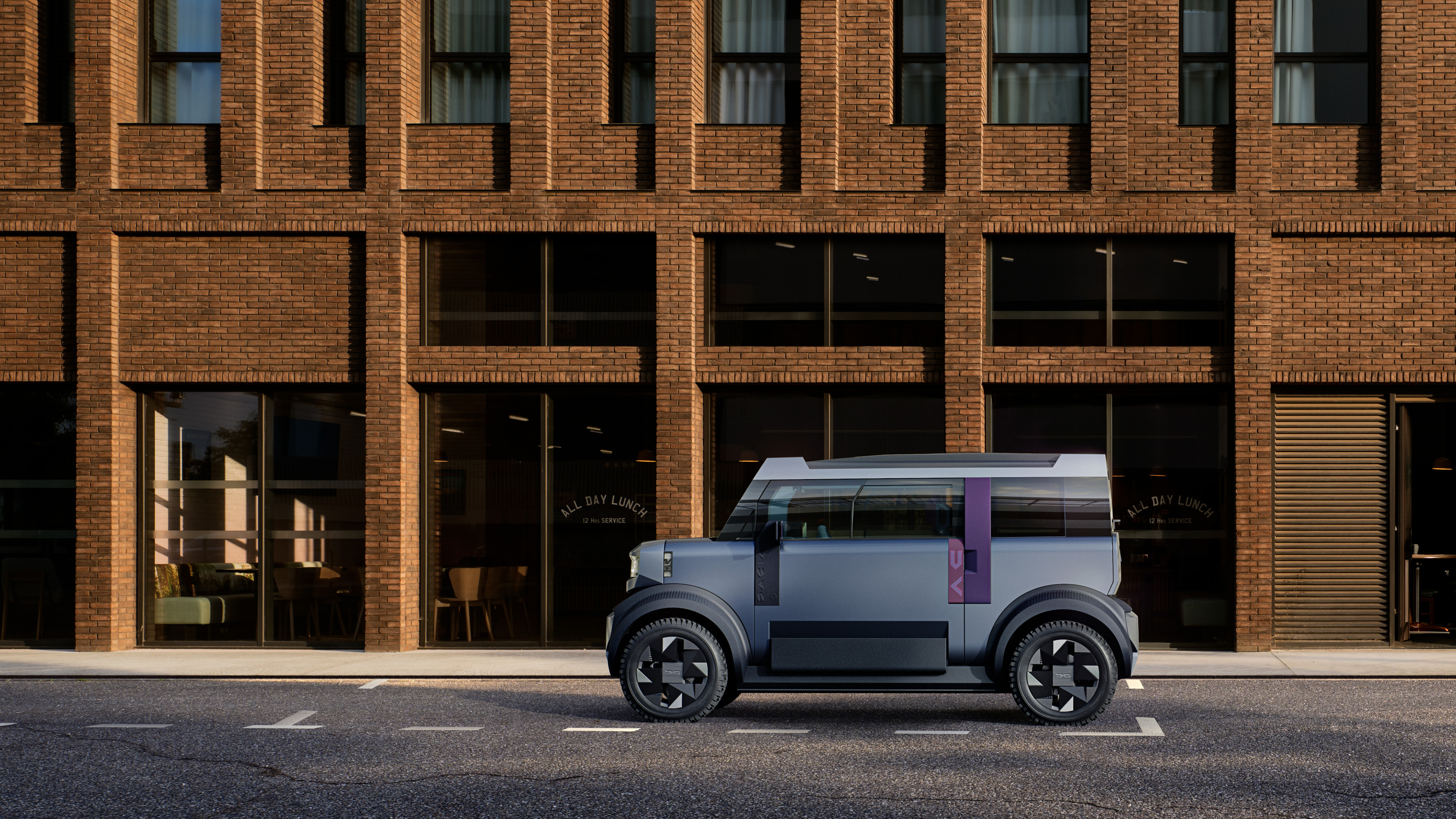Assemble and Matthew Raw design a colourful kiosk for a London Tube station

Commissioned by Art on the Underground, Clay Station is a kiosk designed by architecture studio Assemble and ceramicist Matthew Raw at Seven Sisters station in north London.
Transport for London’s Art on the Underground programme never seems to run out of creative ideas. As part of their adventure along the Victoria Line, the Art on the Underground team pinpointed Seven Sisters station in north London as a site with potential and enlisted the architects at Assemble to revamp a derelict kiosk outside the station entrance.
The station, which was identified by TFL staff as particularly bad spot for anti-social behaviour and is located on a main artery leading south into London, was not much to look at, and now it has a vibrant hybrid of art, design and architecture titled Clay Station at its entrance, which also serves as a commercial opportunity for businesses and locals.
Known for working on socially-engaged projects and collaborations with contemporary artists, Assemble decided to work with London-based ceramicist Matthew Raw to create a ‘joyful moment’ for Seven Sisters station.

Assemble and Matthew Raw's kiosk designed for Seven Sisters station in London.
‘The project was about making something that doesn’t look like it takes itself too seriously, just something overtly fun and enjoyable to improve the day to day commute. It's a strange object that’s been planted, but with such a small structure you can get away with that – it becomes this curious object,’ says Adam Willis, architect at Assemble.
Choosing to collaborate with Raw was about blending the heritage of London’s iconic underground with cutting-edge contemporary craft: ‘It’s a celebration of tiling and clay on the Underground and on London’s infrastructure,’ says Willis. ‘There aren’t many extraordinary, modern day examples of ceramics – you normally think of the historic tiles on Victorian pub fronts or facades of station entrances.’
Together, Raw and Assemble worked to develop a technique of embedding and distributing colour through the tiles within the clay, producing a marbled effect of the combined colours: a canary yellow with a dense steel blue, and a dusty evergreen with white.
‘We spent a very long time doing lots of prototypes and testing numbers of different colours. The colour is kneaded into the body of the clay with a clear glaze over the top,’ says Willis.

Ceramic tiles developed and made by London-based ceramicist Matthew Raw.
Assemble completely overhauled the design of the kiosk, to create a focal point for the station entrance – and to show off the tiles: ‘We added the benches, an overhanging roof and a tower to make it a bit more prominent and visual, and also to create more opportunities for surfaces to tile on – there’s lots of corner junctions and horizontal surfaces,’ says Willis.
During the course of the project, Art on the Underground organised ceramic workshops for the local community and also worked with Create Jobs, a careers service for 16 to 24-year-olds in London, to recruit two apprentices to work with Raw and Assemble for three months during the summer. The life-line of the project will continue as the kiosk will be rented out to businesses for commercial opportunities.
‘For Assemble the process is part of the outcome’, says Eleanor Pinfield, head of art on the Underground. ‘It’s so important to them that projects have a life and a social function, and it’s important to us that it doesn’t just become a beautiful static building, but that it becomes part of the fabric of the community, and that people passing it everyday find some use in it.’

The previously derelict kiosk was completely revamped by Assemble. The architects worked with Matthew Raw on developing a new ceramic technique that blends colour within the clay tiles to create a marbled effect
Receive our daily digest of inspiration, escapism and design stories from around the world direct to your inbox.

The kiosk design features an overhanging roof and bench to provide a sheltered meeting point for the station entrance.

The tower was developed by Assemble to provide a visual focal point for the station on the Victoria line, which is unassuming and low-lying
INFORMATION
For more information, visit the Art on the Underground website and the Assemble website
Harriet Thorpe is a writer, journalist and editor covering architecture, design and culture, with particular interest in sustainability, 20th-century architecture and community. After studying History of Art at the School of Oriental and African Studies (SOAS) and Journalism at City University in London, she developed her interest in architecture working at Wallpaper* magazine and today contributes to Wallpaper*, The World of Interiors and Icon magazine, amongst other titles. She is author of The Sustainable City (2022, Hoxton Mini Press), a book about sustainable architecture in London, and the Modern Cambridge Map (2023, Blue Crow Media), a map of 20th-century architecture in Cambridge, the city where she grew up.
-
 Year in review: the shape of mobility to come in our list of the top 10 concept cars of 2025
Year in review: the shape of mobility to come in our list of the top 10 concept cars of 2025Concept cars remain hugely popular ways to stoke interest in innovation and future forms. Here are our ten best conceptual visions from 2025
-
 These Guadalajara architects mix modernism with traditional local materials and craft
These Guadalajara architects mix modernism with traditional local materials and craftGuadalajara architects Laura Barba and Luis Aurelio of Barbapiña Arquitectos design drawing on the past to imagine the future
-
 Robert Therrien's largest-ever museum show in Los Angeles is enduringly appealing
Robert Therrien's largest-ever museum show in Los Angeles is enduringly appealing'This is a Story' at The Broad unites 120 of Robert Therrien's sculptures, paintings and works on paper